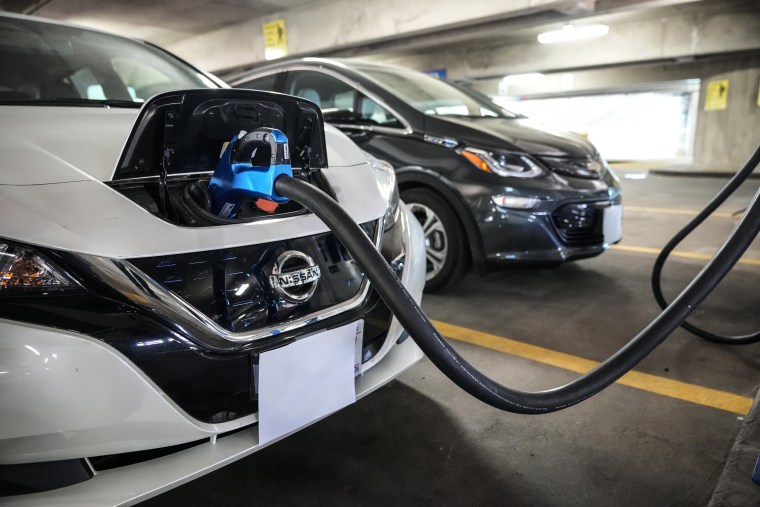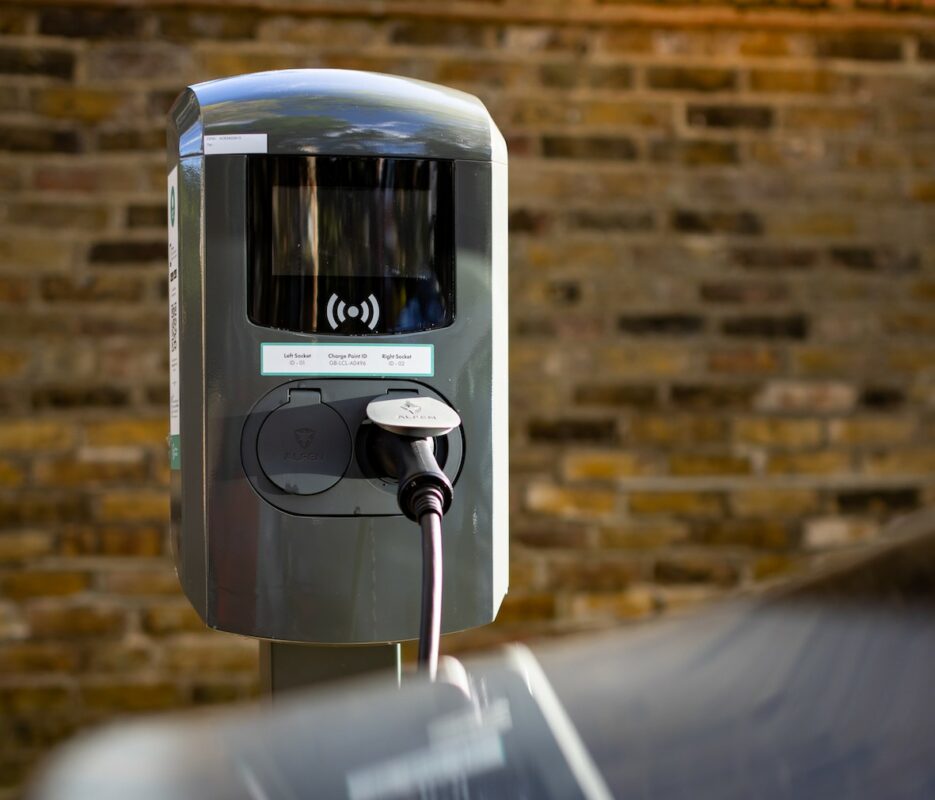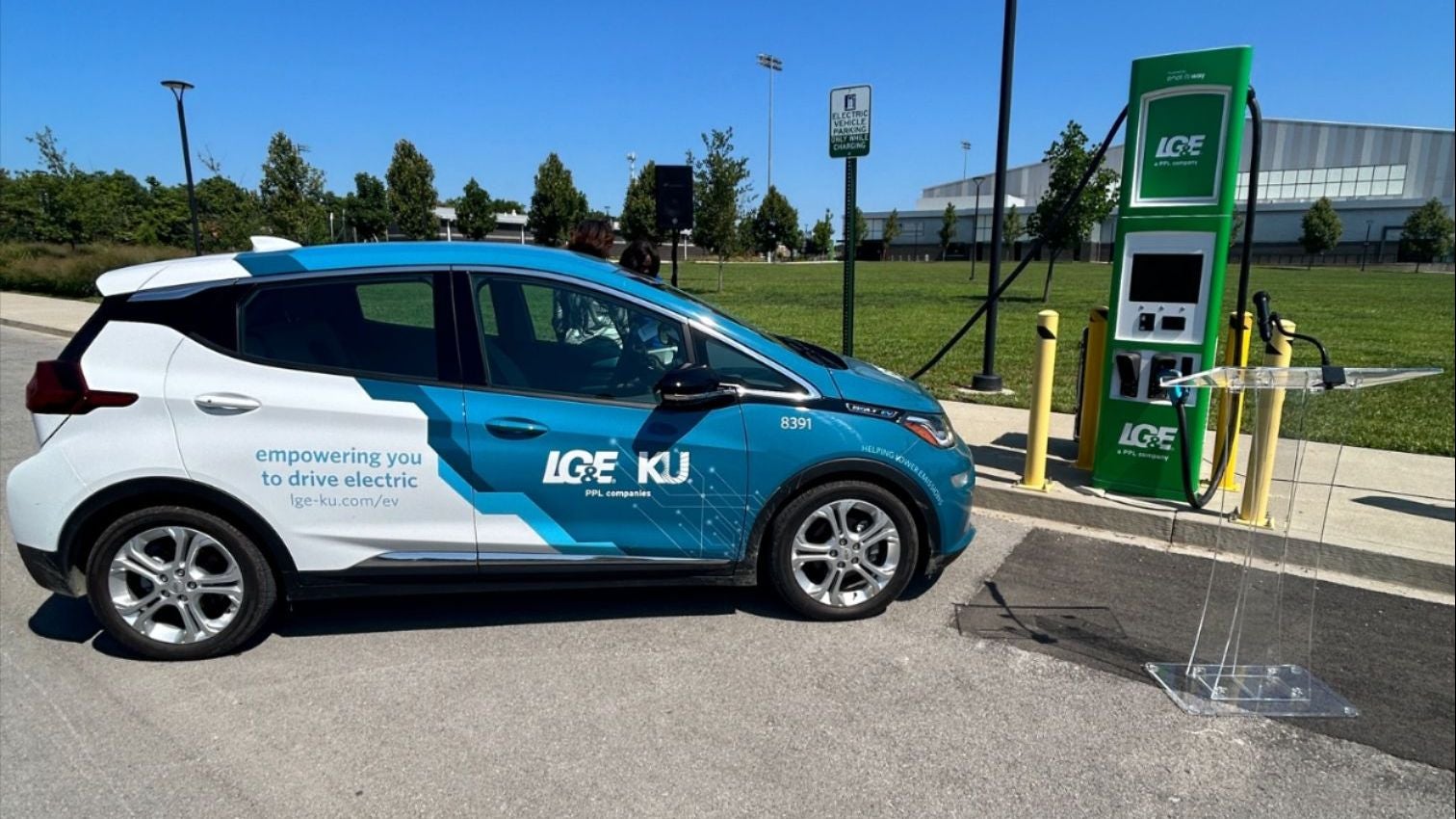What’s Driving the Growth of EV Infrastructure? Buy EV Charging news for Key Updates
What’s Driving the Growth of EV Infrastructure? Buy EV Charging news for Key Updates
Blog Article
Top EV Charging News: Secret Updates on Facilities and Development

Recent Advancements in Fast-Charging Innovation

Furthermore, innovations in battery innovation, including enhanced thermal monitoring systems and greater power density batteries, enhance fast-charging capacities. These advancements reduce the danger of battery deterioration throughout quick charging, guaranteeing long life and performance for EV owners.
Furthermore, the assimilation of wise charging solutions is improving individual experience, allowing real-time surveillance and vibrant prices designs. EV Charging news. This flexibility permits drivers to optimize billing times and expenses based on grid demand
As automakers remain to buy fast-charging networks, the partnership between market stakeholders is essential. Collaborations in between charging station service providers and automotive makers are leading the way for substantial coverage, eventually promoting a more robust EV ecological community. These developments are crucial in sustaining the change to sustainable transportation.
Federal Government Campaigns for Billing Development
Federal government efforts play an important duty in the development of electrical lorry (EV) charging framework, assisting in the shift to lasting transportation. Various government and state programs are being implemented to improve billing accessibility, reduce the economic worry on consumers, and promote the fostering of electric automobiles.
Notably, the united state government has actually allocated significant financing via the Facilities Investment and Jobs Act, which allocates $7.5 billion for EV billing network advancement throughout the country. This financing is aimed at deploying countless new charging stations, particularly in underserved locations, therefore dealing with array anxiousness among potential EV purchasers.
Furthermore, many states are passing regulation to improve the allowing procedure for charging terminal installations, which is crucial for speeding up implementation. Rewards such as tax obligation credit ratings and refunds for both consumers and services are likewise being introduced to urge the installation of charging infrastructure.
Moreover, public-private partnerships are significantly coming to be a focus, leveraging private investment to complement federal government funding. These campaigns highlight a collaborative approach necessary for building a efficient and detailed EV charging network, eventually contributing to a greener and even more sustainable future.
Ingenious Battery Solutions Enhancing Efficiency
Transforming the landscape of electric lorry (EV) innovation, innovative battery remedies are considerably enhancing efficiency and efficiency. Advances in battery chemistry, particularly with lithium-sulfur and solid-state batteries, are leading to boosted energy density, which enables longer arrays and faster billing times. These new battery kinds have the possible to outperform typical lithium-ion batteries by using higher abilities while reducing weight, consequently improving overall lorry performance.
Furthermore, growths in battery management systems (BMS) are enhancing power use and expanding battery life expectancy. Intelligent formulas keep track of battery health and wellness and efficiency, allowing real-time modifications to billing and discharging processes. This not just boosts the efficiency of the battery but additionally makes certain a much more lasting and dependable energy resource for EVs.
Moreover, the combination of recycling modern technologies is resolving the ecological effect of battery production and disposal. Developments in second-life applications for EV batteries are promoting their use in energy storage space systems, adding to a circular economic climate.
As these ingenious battery remedies remain to advance, they promise to transform the EV market, making electric cars much more available and appealing to a more comprehensive target market while sustaining international sustainability objectives.

Collaboration Between Automakers and Billing Networks
Recognizing the critical demand for a durable charging framework, car manufacturers are progressively working together with billing network carriers to enhance the EV ownership experience (EV Charging news). These partnerships intend to produce a seamless charging environment that benefits consumers and sustains the transition to electric cars
Major vehicle brand names are signing up with forces with recognized charging networks to broaden their billing station insurance coverage, making sure chauffeurs have accessibility to dependable and hassle-free charging alternatives. Collaborations with networks like ChargePoint and Electrify America allow automakers to integrate billing services directly right into their automobiles' navigation systems, guiding individuals to the local stations and offering real-time availability updates.
Moreover, these partnerships often result in the growth of fast-charging modern technologies that dramatically lower the time required to recharge an EV. By merging sources and expertise, car manufacturers and charging networks can introduce faster, producing services that meet the expanding demand for electrical wheelchair.
Furthermore, joint campaigns might likewise bring about more standardized charging methods, which can relieve customer complication and advertise wider EV fostering. Generally, these calculated alliances are crucial in building a user-friendly and effective charging facilities that satisfies the demands of a broadening electric vehicle market.
Obstacles Dealing With EV Charging Infrastructure
As the electrical vehicle market remains to expand, numerous difficulties are emerging that prevent the development go to my blog of a detailed charging infrastructure. Among the main obstacles is the not enough number of billing terminals, specifically in country and underserved city areas. This gap produces array anxiety among potential EV purchasers, deterring them from making the switch.
Additionally, the absence of standardization in billing technology makes complex the framework landscape. Variants in plug types and charging rates can create complication for users and boost operational complexities for billing network operators.
One more pushing issue is the high expense connected with the setup and maintenance of billing terminals, which can be a barrier for both public entities and exclusive businesses. Regulative hurdles and zoning constraints can delay the deployment of charging framework, hindering progress in increasing important services. Addressing these challenges will certainly be essential for fostering a robust EV ecological community that supports the change to hop over to these guys sustainable transport.
Final Thought
To conclude, the recurring advancements in EV charging innovation, supported by considerable federal government efforts and ingenious battery options, are critical for the expansion and efficiency of electrical lorry infrastructure. Collaborations in between car manufacturers and billing providers further enhance terminal insurance coverage, resolving the expanding need for easily accessible charging choices. Despite challenges that linger within the EV billing landscape, these advancements represent a positive trajectory towards an extra effective and lasting electrical car ecological community.
Developments in charging infrastructure have led to the growth of ultra-fast chargers qualified of providing up to 350 kW of power, significantly lowering charging times. Variations in plug types and billing rates can produce confusion for customers and boost operational intricacies for charging network operators.In verdict, the continuous advancements in EV billing innovation, sustained by considerable government campaigns and ingenious battery solutions, are vital for the growth and performance of electric lorry facilities. Collaborations in between car manufacturers and Discover More Here charging providers better enhance terminal coverage, attending to the growing need for accessible charging alternatives. Despite obstacles that persist within the EV charging landscape, these growths represent a favorable trajectory towards a much more effective and lasting electric car ecological community.
Report this page